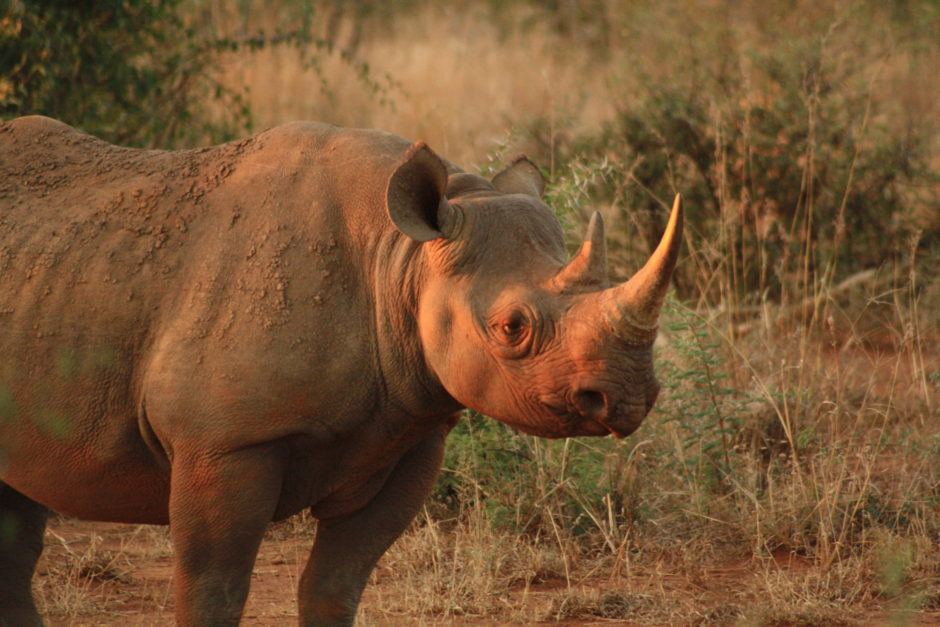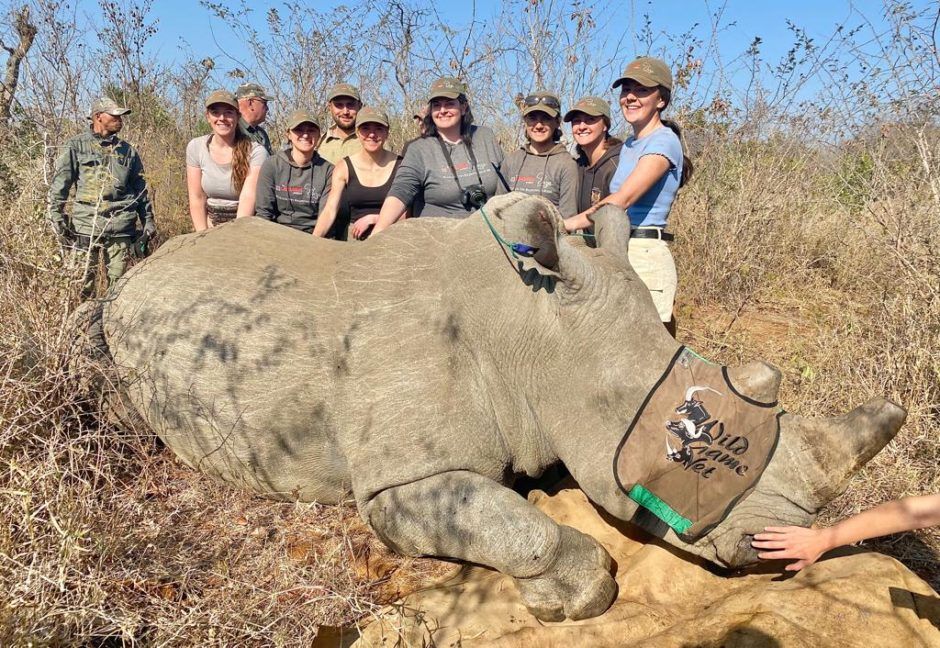The value of a rhino, both in monetary terms and in terms of ecological significance, varies depending on the context and the motivations of different parties involved. While there are illegal activities, such as poaching, that involve killing rhinos for their horns, it is important to note that these activities are highly detrimental to rhino populations and conservation efforts.
From a conservation standpoint, the value of a rhino alive is significant. Rhinos play a crucial role in maintaining the balance of ecosystems, particularly in African and Asian habitats where they are found. They contribute to the biodiversity of their ecosystems and their grazing habits help shape the landscape. Additionally, rhinos are considered flagship species, meaning that their conservation can have positive impacts on protecting other species and their habitats.



From an economic perspective, the value of a rhino alive can also be substantial. Ecotourism, for instance, can generate revenue through visitors who are interested in seeing these magnificent creatures in their natural habitats. This revenue can support local communities and contribute to the conservation efforts aimed at protecting rhino populations.
On the other hand, there is an illegal market for rhino horns, primarily driven by demand from some Asian countries where they are believed to have medicinal properties and are considered status symbols. The high black market value of rhino horns has led to poaching, posing a severe threat to rhino populations. However, it is essential to understand that this illegal trade is detrimental to the long-term survival of the species and undermines conservation efforts.
Here are some statistics and monetary values related to rhinos:
- Rhino Population Decline: According to the International Union for Conservation of Nature (IUCN), three out of the five rhino species are critically endangered, with the Sumatran rhino, Javan rhino, and black rhino facing the highest risk of extinction. The white rhino and greater one-horned rhino are classified as near threatened and vulnerable, respectively.
- Rhino Horn Value: Rhino horns have a high black market value due to demand, particularly in some Asian countries. In the illegal trade market, rhino horns can fetch prices as high as $60,000 to $100,000 per kilogram, making them one of the most valuable wildlife products.
- Economic Contribution of Ecotourism: Ecotourism, driven by the presence of charismatic species like rhinos, contributes significantly to local economies. For example, in South Africa’s Kruger National Park, rhino-focused ecotourism generated an estimated $46 million in 2019, providing livelihoods for local communities and supporting conservation efforts.
- Cost of Rhino Conservation: The cost of rhino conservation can vary depending on the specific initiatives and locations. In some cases, it involves investments in anti-poaching measures, habitat protection, and community engagement. For instance, in the year 2020, the estimated annual cost for protecting rhinos in Africa ranged from $10,000 to $15,000 per rhino, including monitoring and security expenses.
- Value of Ecosystem Services: Rhinos play a crucial role in ecosystems as keystone species. Their grazing behavior helps maintain grasslands, which supports various other species. Additionally, their dung acts as a nutrient source for vegetation, promoting biodiversity. While it is challenging to assign a precise monetary value to these ecosystem services, they contribute to the overall health and functioning of ecosystems.
It’s important to note that the illegal trade in rhino horns undermines conservation efforts, disrupts ecosystems, and threatens the long-term survival of rhino populations. Efforts to combat poaching and protect rhinos are ongoing, aiming to preserve these magnificent creatures and the ecosystems they inhabit.



There are several solutions and strategies in place to address the challenges faced by rhinos and combat the illegal trade in rhino horns. Here are some key solutions:
- Anti-Poaching Measures: Strengthening anti-poaching efforts is crucial for protecting rhinos. This includes increasing patrols, employing rangers, using advanced technology like drones and camera traps for surveillance, and implementing intelligence networks to identify and apprehend poachers.
- Community Engagement: Engaging local communities in rhino conservation is essential. It involves educating communities about the importance of rhinos, providing alternative livelihood options such as ecotourism or sustainable agriculture, and involving them in conservation initiatives. This helps build support for conservation efforts and reduces the reliance on poaching for income.
- Law Enforcement and Judicial Actions: Governments and law enforcement agencies play a critical role in combating the illegal trade. Strengthening legislation, imposing stricter penalties, and ensuring effective enforcement are necessary. Collaboration between countries to disrupt smuggling networks and apprehend traffickers is also important.
- Demand Reduction: Reducing the demand for rhino horns is crucial to curbing the illegal trade. Public awareness campaigns and education initiatives in consumer countries can help dispel myths about the medicinal properties of rhino horns and promote alternative products. Additionally, strict enforcement of laws and penalties for possession and trafficking of illegal wildlife products are necessary.
- Translocation and Population Management: Translocating rhinos to safer habitats and establishing new populations can help mitigate the risk of localized extinction. Proper population management, including genetic diversity monitoring, captive breeding programs, and habitat restoration, are important for the long-term survival of rhinos.
- International Cooperation: Collaboration among governments, conservation organizations, and communities across borders is essential. Sharing information, intelligence, and best practices can lead to more effective conservation strategies and enforcement efforts.
- Sustainable Financing: Adequate funding is crucial for implementing conservation measures. Governments, international organizations, and private entities can contribute through funding conservation projects, supporting research, and investing in sustainable tourism initiatives.
These solutions work together to address the various aspects of rhino conservation, aiming to protect rhino populations, combat poaching, and reduce the demand for rhino horns. Collaboration and sustained efforts are necessary to ensure the survival of these magnificent creatures for future generations.



In conclusion, while there may be short-term financial gains associated with the illegal trade of rhino horns, the value of rhinos alive is far greater both in terms of ecological significance and sustainable economic benefits through conservation efforts and ecotourism.




Leave a Reply
You must be logged in to post a comment.